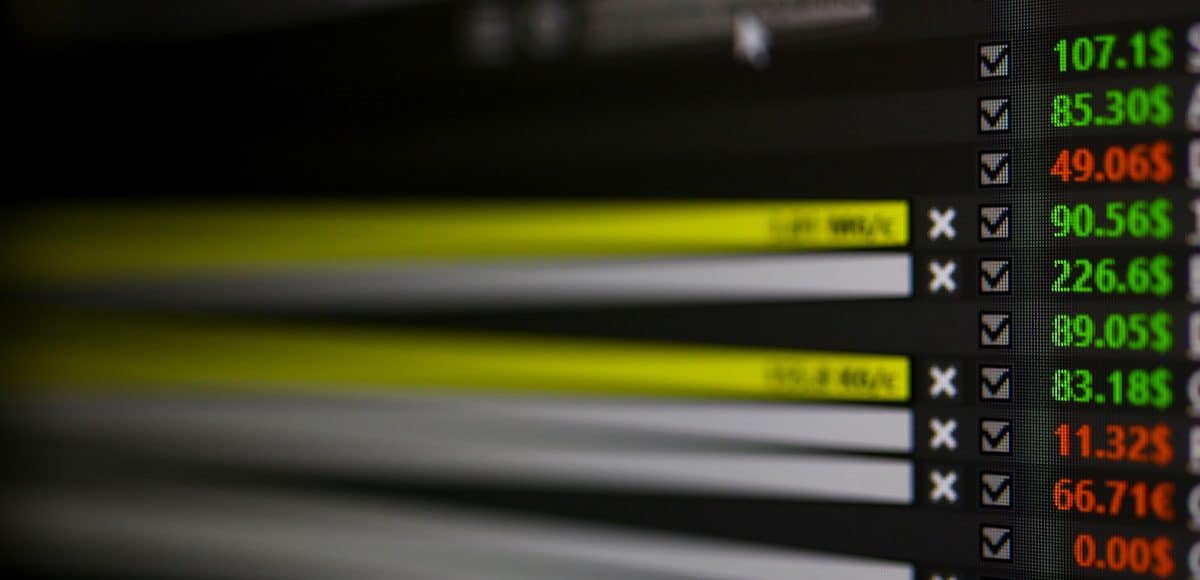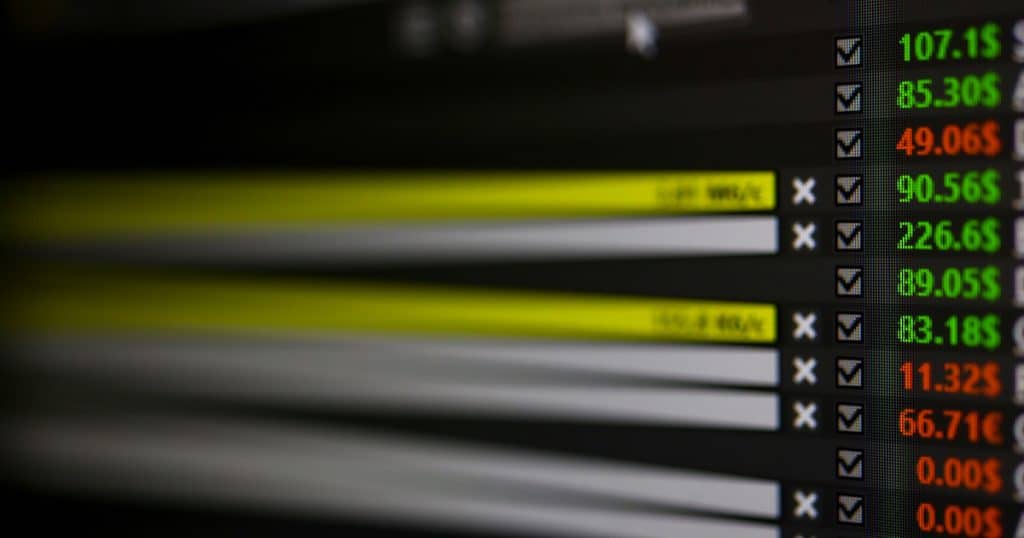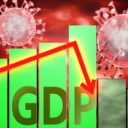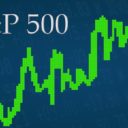

At the beginning of earnings season, Fact Set was projecting first quarter (Q1) 2019 earnings for the S&P 500 (^SPX) would decline -3.9% from Q1 last year. I think that will prove to be an easy marker to beat.
So far, approximately 20% of the S&P 500 has reported and I have two prescient takeaways.
First, banks have been serial under-performers for a few years, so earnings expectations have been modest, at best.
The big positive surprise was that most banks cited an improvement in net interest margins, despite all the frothing at the mouth from the financial media over a flat, or slightly negative yield curve during Q1. Banks could be a pleasant surprise for investors in Q2 and possibly the remainder of 2019.
Second, industrials have been a bright spot for the market.
Despite Boeing Co (BA) taking over 450 points off of the Dow Jones Industrial Average (^DJI) in March, the DJIA is now less than 300 points — or, close to 1% — from its all-time closing high from early September last year. Close to 40% of the companies in the DJIA will report earnings this week in what will no doubt be a Blue Chip bonanza!
One of our favorite “secret indicators” of industrial and construction activity, United Rentals (URI) reported earnings last Thursday. Investors liked it, sending URI stock +10 points, or +8% higher. United Rentals is a great proxy for big construction activity, as they rent every piece of equipment imaginable used by commercial contractors.
With every big construction, building and contracting firm in their customer base, United Rentals is a great barometer for Cap Ex spending and overall economic activity.
We will be closely watching the earnings and guidance from the big industrial companies as they begin to report this week.
Friday morning at 8:30 AM, we will get the “advance” report for Q1, GDP, and it is one of the most significant GDP reports in years. While only 6 weeks ago, most forecasts for Q1 ranged from +0.5% to +1.0%, expectations have improved dramatically over the last 6 weeks and now range from +1.6% to +2.8%.
Keep in mind that GDP for the first quarter has been habitually “light” the last 5 to 6 years with Q1 2018 settling at +2.2% after all revisions.
Four months ago, the daily debate among financial media talking heads was whether the recession would start in the first or second half of 2019. Now we’re looking at the possibility of a “print” for what is typically the weakest quarter of the year at +2.0% or better.
This would be a major victory for the U. S. economy.
Did I forget to mention we had a Government shutdown during the entire month of January?




